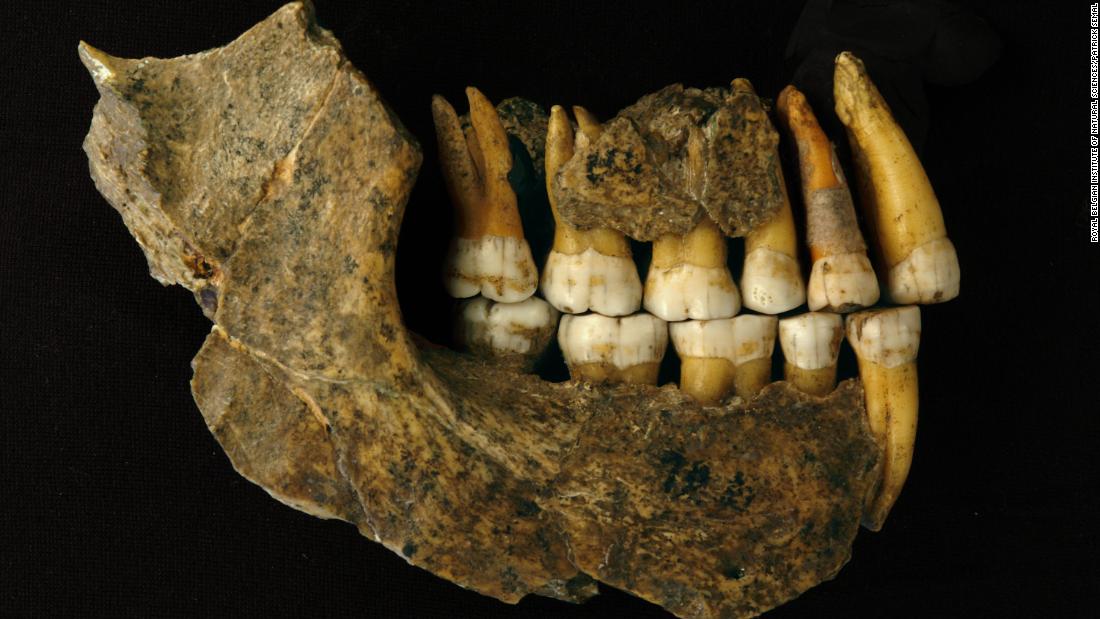Just when the Neanderthals, our closest ancestors, disappeared in Europe it is a heated debate. They are believed to have been extinct some 40,000 years ago – not long after modern humans migrated out of Africa.
But experts from Belgium, England and Germany suspect that the age of the samples analyzed earlier may not be reliable due to contamination.
Using a process known as liquid chromatography separation, experts extracted a single amino acid from the Neanderthal remains. They used this to date and reanalyze the remains, which were now free of contaminants like glue.
Experts said the contamination of the remains meant that they were dated as “inexactly young” for up to 10,000 years.
The experts then dated the remains found at two other Belgian sites, Fonds-de-Forêt and Engis, and found that the remains were of an age similar to those found in the Spy Cave.
“Dating all of these Belgian specimens was very exciting, as they played an important role in understanding and defining Neanderthals,” said Grégory Abrams, an archaeologist at the Archeological Center of the Scladina Cave in Belgium, in a statement.
Based on these latest radiocarbon dates, experts estimate that Neanderthals disappeared from the region long before what was previously estimated – 44,200 to 40,600 years ago.
“This new study gives us more clues as to when Neanderthals went extinct in Europe,” lead author Thibaut Devièse, associate professor at Aix-Marseille Université, told CNN via email.
“There was some controversy over the last appearance of Neanderthals in Western Europe and particularly for some individuals in the Spy Cave,” he explained.
“Dating is crucial in archeology, without a reliable chronology structure we can’t really be confident in understanding the relationships between Neanderthals and Homo sapiens when we moved to Europe 45,000 years ago and they started to disappear,” said Tom Higham, professor at the University of Oxford, who directs the research project PalaeoChron, who directed the study, said in a statement.
“That’s why these methods are so interesting, because they provide much more accurate and reliable dates,” added Higham.
Devièse said that more precise dates for these Neanderthal specimens answered an important question – but they also opened up new questions, such as how long did Neanderthals and the first modern humans overlap?
“Now we know more precisely when Neanderthals disappeared in Europe, but now we need to confirm with the same robust methods when anatomically modern humans arrived to elucidate how long these two species cohabited,” he added.
